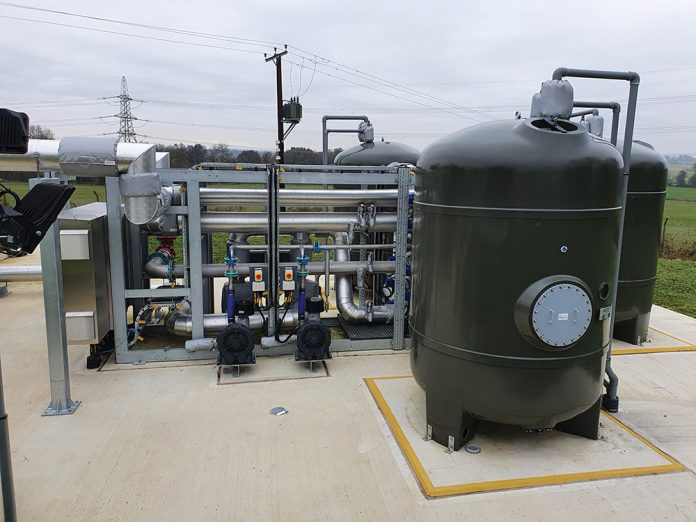During AMP6 and subsequent CIP2 P removal trials, the focus was on identifying those tertiary solids removal (TSR) technologies that could achieve the stringent Phosphorus consent requirements demanded in AMP 7 and beyond. FilterClear® was one such technology that proved capable of meeting even the most stringent consents across the UK.
But stopping there would be doing a disservice to our clients and the public who rely on the safe and reliable provision of water & treatment and discharge of wastewater.
Both the trials and real-world experience has highlighted that the key to achieving consistently reliable results is upstream optimisation and TSR maintenance.
The market now knows which technologies can meet the required consents; knowing those that not only satisfy them but continue to perform under challenging operating conditions and over a long period of time is critical. After all, a failure leading to a pollution incident is still a failure; past performance counts for nothing.
A strong commitment to research & development has further enhanced the technology. Today, FilterClear provides the lowest whole life cost solution for the more challenging P removal applications across the UK.
It’s now accepted industry wide that FilterClear can remove P to <0.1mg/l, but that’s only half the story. Being able to sustain long term performance with negligible operator input and maintenance is where the technology stands apart.
One of the areas where FilterClear excels is the extremely efficient backwashing regime. This not only eliminates the need for routine out of service mechanical and chemical media cleans, but also provides the lowest daily consistent backwash volume generation versus other technologies.
But even best laid plans can go awry. Sewage treatment works can have mechanical upsets, blanket spills and/or slime events which can cause some fouling and elevated backwash pressures within the system.
In the rare event that remedial action is required to remove any unwanted biomass growth from the media, (3 cases in nearly five years operation of our plants), simply soaking the media with alkali quickly restores normal operation. Alkali pearls are added to the vessel via the top media inspection hatch and then agitated with the blower. After 1 – 2 hours, the alkali breakdown the biomass and restore the media to “as new” condition.
Taking this process a step further, an “alkali soak” function is incorporated into FilterClear’s PLC software. This procedure eliminates the need for labour intensive cleaning services – with associated H&S risks ‑ with the operator simply activating the “alkali soak” function on the HMI and is prompted by the HMI through the various stages of the process.
What could be simpler and safer.
To learn more about FilterClear visit
www.bluewaterbio.com/filterclear




